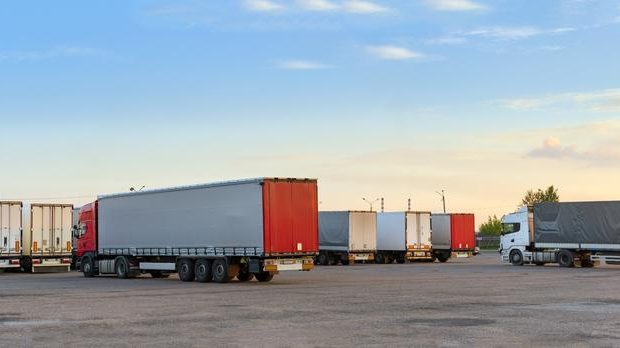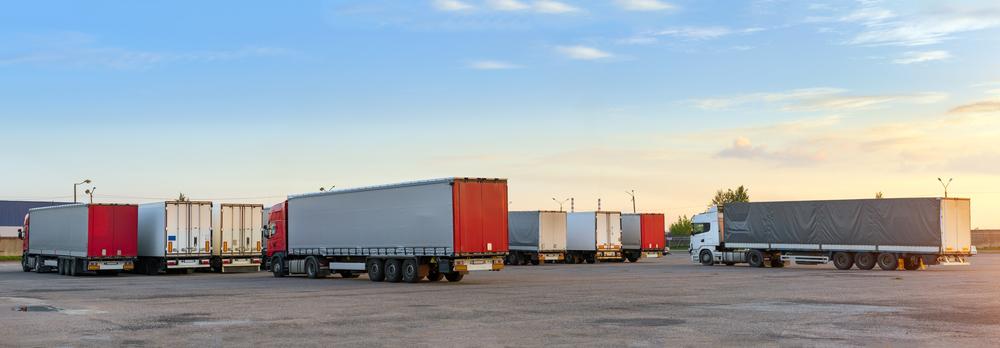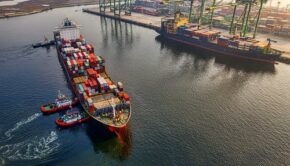Wider Load – The Key Principles of Heavy-Haulage Transport
The heavy haulage transport industry is a key part of what makes the Australian construction and development industry so powerful. We have a huge trucking and transport industry which supports the transportation of mission-critical equipment like cranes and trucks to building sites around Australia. Thanks to incredible safety standards and a dedicated workforce, our trucking industry gets through tough heavy haulage jobs easily and safely.
If our construction industry didn’t have the ability to get cranes to building sites safely and easily, it wouldn’t be possible for the level and range of construction to take place in Australia that it currently does. Haulage is the business of transporting good via truck, and heavy-haulage is the process whereby trucks transport oversized or heavy items from one place to another.
Of course, many times companies simply don’t have the budget for haulage or are looking for an easier option than the logistical headache that can come from heavy-haulage. If this is the case, you can look into mobile crane hire which means that you and the crane can be driven to the location of a construction or build site.
Regardless of what you prefer, whether it’s the flexibility and ease of a mobile crane, or if you need a larger crane to complete a job, we wanted to help people to better understand the heavy haulage industry. To this end, we would like to take a look at some of the key principles of the industry and decipher some of the key elements.
The type of truck you use
You can’t just put any old bit of machinery onto any old truck and expect to be able to transport the goods that you need to move safely and easily. You need to think about whether the vehicle or item that you are moving has its own wheels. As such, it may need to be driven onto the back of the truck. If you have a very heavy item, you need to think about the weight of the truck and the ground clearance. Lifting an item onto a truck is another option – but how does this happen? Does the item you are lifting have the right kind of rings or chains to lift it with?
Permits and escorts
You’ve doubtless seen the heavy load trucks coming along the highway, complete with a police escort or a leader and follower vehicle behind them. When an item is over a certain size you need to get permits and escorts to ensure that safety is adhered to at all times. Not to mention that everything has to stay compliant all the time (companies like TBS DOT compliance services can help with this though).
Lane choice
When you are choosing to transport heavy items you need to be very careful in mapping out the route that you are going to take. After all, it’s not going to be possible to merely head down the back streets and onto the highway -especially if the item that you are transporting is over-sized. So the logistics involved with figuring out the route to take are key to the successful transfer of heavy items from one place to another.
The weather
As with the lane choice that you are making, you need to take the variable of the weather into account as well.
Bad weather can throw a heavy haulage trip into disarray, and that’s why it’s vital to monitor the weather and to make trips when the weather is good.
Ultimately, the key principles of heavy haulage can be summed up into the following:
- What are you moving, and where are you moving it to?
- How much does the item weigh, how big is it, and what kind of truck will you need?
- What permits and escorts do you need?
- What route will you take?
- How long will it take to get there, and how many trips do you need?
Heavy haulage is a key part of the Australian industrial function, and we are glad to have been able to shed some light on it for you!
















